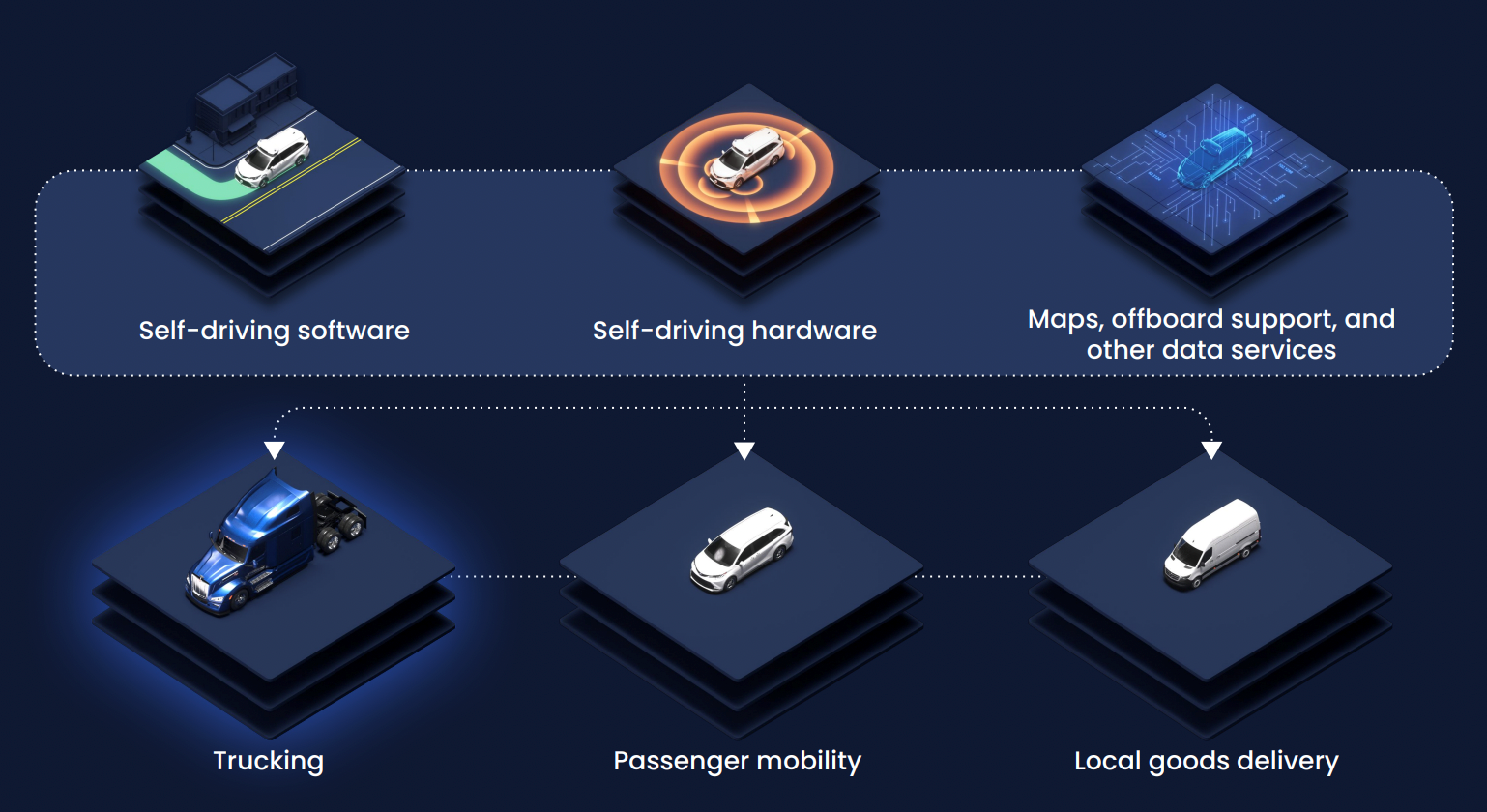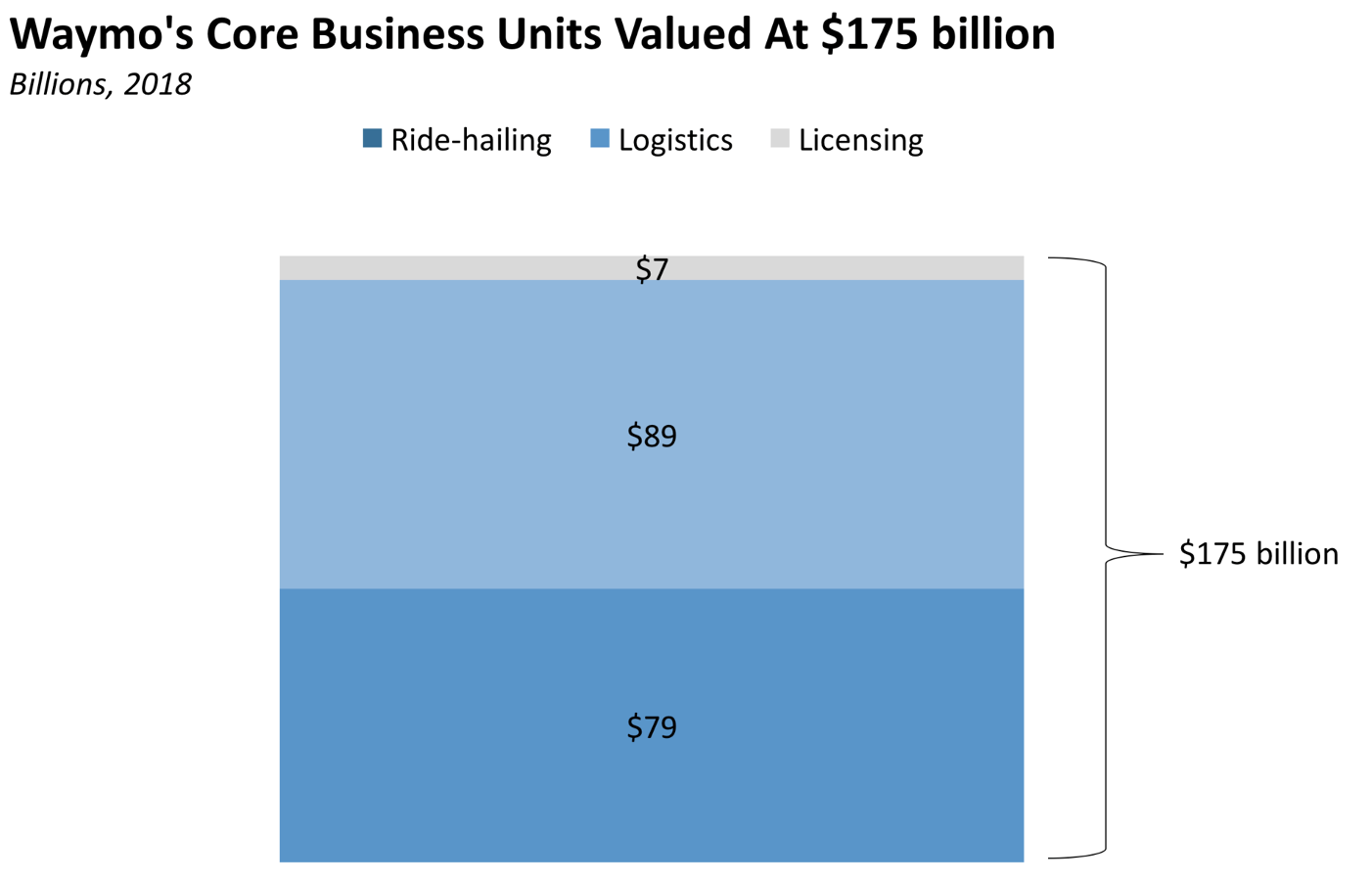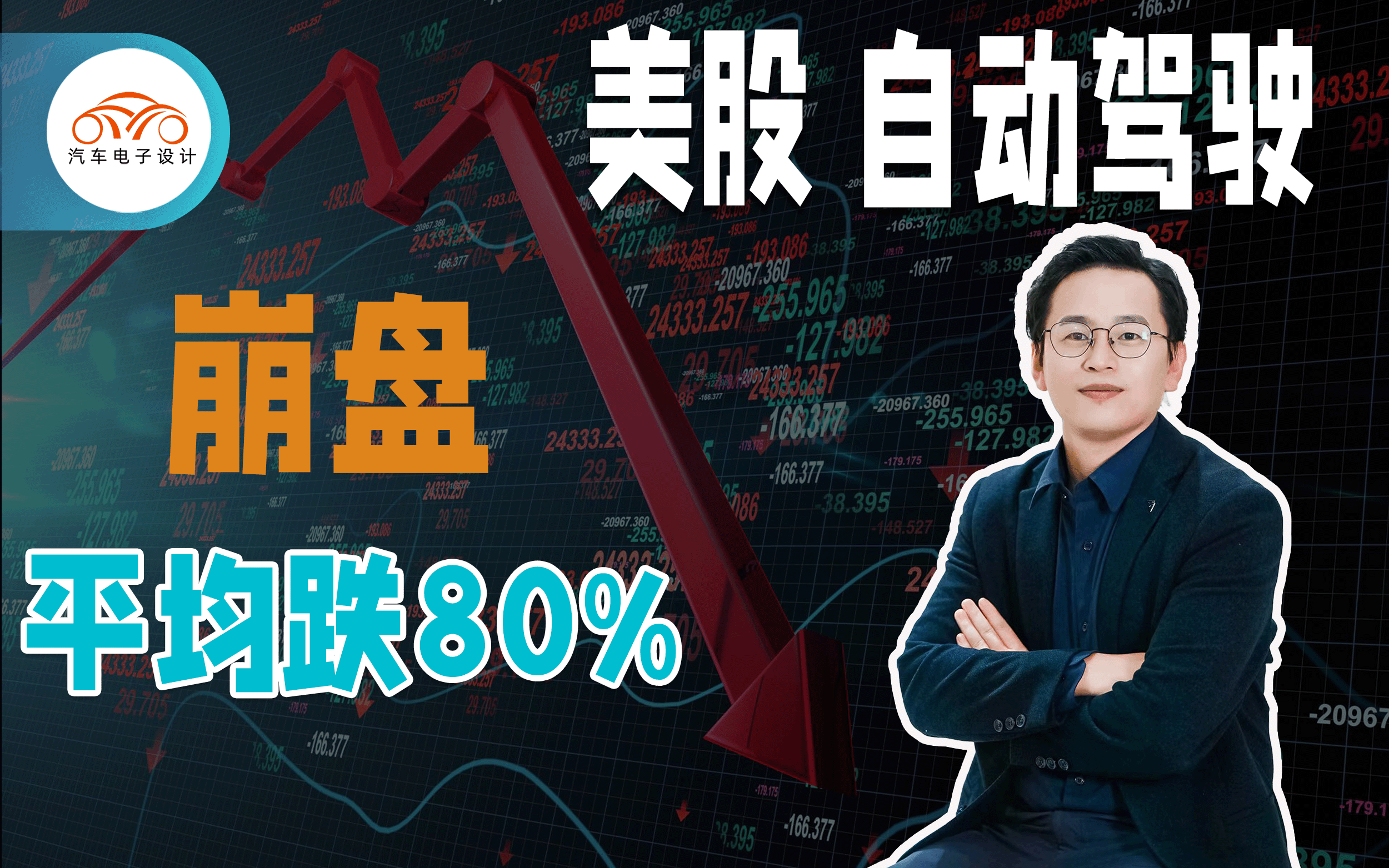Author: Zhu Yulong
Focus on automotive technology, take you to a deep understanding of the trends and changes in the automotive industry.
————————
Five years ago, some US stock investors lamented the lack of opportunities to invest in autonomous driving. This revolutionary field was only driven by venture capital, but the opportunity came during the 2020-2021 SPAC and IPO boom. Ordinary investors can purchase companies related to autonomous driving technology on Nasdaq, and the valuation of many start-ups at IPO exceeds USD 50 billion.

Unfortunately, the good times didn’t last long. What followed was not prosperity driven by capital, but an extremely brutal winter: stock prices were halved or even declined by over 95%. The world’s investors’ love for the autonomous driving industry did not last long.
According to Crunchbase’s tracking of 14 companies developing autonomous driving-related technology, the average drop in stock prices of autonomous driving start-ups listed in the past few years was over 80%.
The worst-performing companies, autonomous driving truck developers Embark and lidar technology companies Velodyne Lidar and Quanergy, fell by more than 95%.
Why is this happening? Does the autonomous driving industry still have a chance to turn things around? Today, let’s talk about this topic.
Macro reasons for the sharp drop in autonomous driving concept stocks
Macro impacts of US monetary policy
Firstly, from a macro perspective, under the impact of multiple factors such as the unexpected tightening of the US Federal Reserve’s monetary policy and the bleak prospects of the US economy, the extent of the decline in the current round of US stocks is astonishing.
The Federal Reserve has raised interest rates five times this year, with a cumulative increase of 300 basis points. The Dow Jones Industrial Average has fallen by more than 20% this year, while the Nasdaq Composite Index has fallen more significantly with a drop of over 30% since the beginning of the year. The S&P 500 Index has also fallen 22.5% this year.
Generally speaking, when stock market indices experience a short-term decline of over 20%, it is defined as a “bear” market. By comparison, during the financial crisis in 2008, the Dow Jones Industrial Average, Nasdaq Composite Index, and S&P 500 Index fell by 33.84%, 40.54%, and 38.49%, respectively.
The Linkage Feedback between Autonomous Driving and the Auto Industry
Turning back to the market performance of the automotive industry this year, the stock prices of leading companies such as Tesla have also seen significant declines.
As we can see, the minimum decline in the stock prices of automotive industry enterprises worldwide is over 30%, with traditional automotive companies experiencing the highest decline of up to 50% due to the stability of their businesses. Tesla has also experienced a decline of nearly 50%, which may be related to Elon Musk’s sale of stocks on Twitter. New forces of China and the United States have both experienced significant declines, with reductions of over 80% except for NIO.
In the bear market of the US in 2022, the investment enthusiasm in the automotive industry has been burnt out.

Therefore, the high correlation between autonomous driving and the automotive industry has indeed brought about some linkage effects on this decline.
Micro Reasons for Autonomous Driving CompaniesThe profitability of autonomous driving technology companies is not directly related to their stock price performance.
Stock prices of autonomous driving technology companies have never been directly linked to profits, but rather to people’s aspirations for the development of new technology. The autonomous driving industry is not betting on current earnings, but on the potential for large-scale technological transformations in the future. If we look at the valuations of the worst-performing stocks on the list, investors seem to have largely given up.
Embark
As an example, Embark, a San Francisco-based company that provides software for self-driving trucks, was valued at around $5.2 billion when it went public through a SPAC merger in November. Prior to that, it had raised over $117 million in funding and an additional $614 million in IPO proceeds. However, just one year after its debut, Embark’s valuation is lower than its cash reserves at the end of the previous quarter. Its stock has fallen 97% from its IPO price. Why Embark was given a valuation of $5.2 billion a year ago, and with no revenue, most investors have lost patience and confidence.

Aurora
Aurora, founded by Chris Urmson, a technology veteran who previously worked at Waymo, is considering selling high-quality assets, such as its laser radar business, or selling the entire company to potential first-tier automakers such as Apple or Microsoft. Aurora has burned through about $230 million in cash and its stock has fallen more than 90% from its peak.

Waymo
Waymo, the industry leader, seems to be a microcosm of the entire industry.
In September 2015, Google appointed John Krafcik as the CEO of the autonomous driving car project to accelerate commercialization. Later, he led Waymo’s independence from Google in 2016.
In 2015, Waymo’s predecessor was valued at only 8.5 billion U.S. dollars, but two years later, in 2017, Morgan Stanley gave Waymo a valuation of 70 billion U.S. dollars. In 2018, the valuation surged to 175 billion U.S. dollars, equivalent to one-quarter of Google’s value.
Breaking it down, Waymo’s business mainly consists of the following:
◎ Autonomous driving taxis, worth 80 billion U.S. dollars;
◎ Logistics/express delivery services, worth 90 billion U.S. dollars;
◎ Software and technology licensing, worth 7 billion U.S. dollars;
This can almost be said to be the pinnacle of the self-driving bubble.
 With the example of Waymo in advance, more and more autonomous driving companies have emerged, and the industry has entered the first climax. Technology companies, such as Uber and Baidu, have also joined the camp of autonomous driving research and development; traditional automakers, such as General Motors, Ford, and Toyota, have also rapidly entered the autonomous driving track through investment. In 2016, General Motors acquired Cruise for $1 billion, and in 2017, Ford invested $1 billion in Argo.
With the example of Waymo in advance, more and more autonomous driving companies have emerged, and the industry has entered the first climax. Technology companies, such as Uber and Baidu, have also joined the camp of autonomous driving research and development; traditional automakers, such as General Motors, Ford, and Toyota, have also rapidly entered the autonomous driving track through investment. In 2016, General Motors acquired Cruise for $1 billion, and in 2017, Ford invested $1 billion in Argo.
Subsequently, Waymo suffered a series of setbacks in the commercialization process. At the end of 2018, Waymo began testing Robotaxi business in Phoenix, Arizona, but has not formed a stable development and cannot be replicated on a large scale. Currently, Robotaxi business only provides travel services to the public in three locations: East Valley and downtown Phoenix, as well as San Francisco.
Autonomous driving has gone from a boom to a winter. Major players such as Uber, Volvo, General Motors, Ford, and Tesla have all delayed their commercial landing plans. In December 2020, Uber sold its autonomous driving technology department Uber ATG to its peer Aurora Innovation for $4 billion; Lyft also sold its autonomous driving department to Toyota’s subsidiary Woven Planet for $550 million.
Summary: This market slump seems more like a game of running away. As the field of autonomous driving begins to cool gradually, how to evaluate the investment value of this field will be discussed in our deep exploration of autonomous driving program.
This article is a translation by ChatGPT of a Chinese report from 42HOW. If you have any questions about it, please email bd@42how.com.
